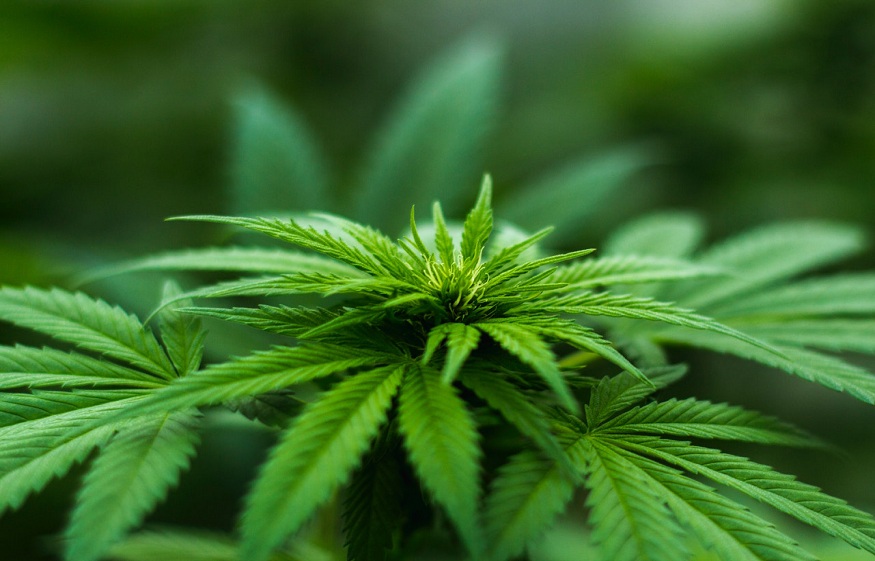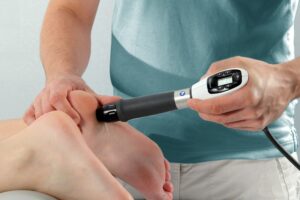Understanding the new Access to Cannabis for Medical Purposes Regulations

Introduction
On August 24, 2016, the Access to Cannabis for Medical Purposes Regulations (ACPM) will replace the Marihuana for Medical Purposes Regulations (MMPR).
Legal access to dried marihuana for medical purposes was first granted in 1999, through one-time exemptions under Section 56 of the Controlled Drugs and Substances Act (CDSA). The decision in R. v. Parker in 2000 concluded that people with a medical need are entitled to possess marihuana for medical purposes. This decision led to the implementation of the Marihuana Medical Access Regulations (RAMFM) in 2001.
Over the years, court rulings have resulted in a number of amendments to the RAMFM. The MMPR set out the conditions for a responsible commercial industry to produce and distribute marihuana for medical purposes.
In June 2015, the Supreme Court of Canada, in its decision in R. v. Smith, ruled that restricting legal access to only dried marihuana was unconstitutional. The Court concluded that people with a medical need have the right to use and manufacture other cannabis derivatives. In order to remove uncertainty surrounding the legal source of supply of cannabis, the Minister of Health issued, in July 2015, class exemptions to section 56 of the CDSA in order to allow, among other things, licensed producers to produce and sell cannabis oil and fresh marihuana buds and leaves in addition to dried marihuana, and to allow licensed users to possess and process different forms of cannabis.
This decision ruled that requiring individuals to obtain their marihuana only from licensed producers violated the liberty and security rights protected by section 7 of the Canadian Charter of Rights and Freedoms. The Court found that people who need to obtain marihuana for medical purposes do not have “reasonable access”.
The ACMPR is designed to provide an immediate solution required to respond to the Court’s decision. Going forward, Health Canada will determine how a system of medical access to cannabis should work, alongside the government’s commitment to legalize, tightly regulate and limit access to marihuana.
The ACMPR is divided into four parts in all.
Part 1 is similar to the framework shown in the MMPR. It provides a framework for commercial production, by licensed producers responsible for producing and distributing fresh or dried marihuana, cannabis oil or raw materials (seeds and marihuana plants) that are quality controlled and in safe and sanitary conditions.
Part 2 is similar to the old regime in the RAMFM. It sets out provisions that allow people to produce a limited amount of cannabis for their own medical purposes or designate a person to produce it for them.
Parts 3 and 4 include the following:
Under the ACMPR, Health Canada will continue to accept and process applications to become a licensed producer that were submitted under the old MMPR. Additionally, all licenses and security clearances granted under the MMPR will remain valid under the ACMPR, which means licensed producers can continue to register clients and supply them with cannabis for medical purposes. New applicants may continue to apply for production licenses under the ACMPR.
When administering the ACMPR, Health Canada plays the following two main roles:
As of August 24, 2016, Health Canada will begin reviewing applications from individuals who are authorized by their health care practitioner and wish to register to produce a limited amount of cannabis for their own medical purposes. This review will include reviewing the information provided to ensure that it complies with the regulations, and responding to requests from law enforcement agencies to confirm the validity of a certificate of registration.
In enforcing the regulations, Health Canada officials will work closely with a range of groups, including law enforcement, municipalities, medical regulatory authorities and health care professionals, as well as Canadians who want to use the program.
What this means for health practitioners
The coming into force of the ACMPR does not change the role of health practitioners. Similar to previous regulations, a person who needs to obtain cannabis for medical purposes must first obtain a medical document from a licensed health practitioner. Like the MMPR, the medical document contains information similar to that given in a prescription, including the following:
In a hospital, the person in charge of the hospital may permit the administration of fresh or dried marihuana or cannabis oil to a patient, as well as the sale or supply to a patient or a person responsible for the patient.
Please refer to the guidelines listed on the Health Canada website for more information on authorizing cannabis for medical purposes, including the Daily Amount (Dosage) fact sheet.
What this means for Licensed Producers
Part 1 of the ACMPR covers permitted activities and general responsibilities of licensed producers, including the following:
- requirements for obtaining and maintaining a license;
- security measures for the establishment and staff;
- permitted activities, including good production practices, packaging, delivery, labeling, import and export requirements, and record keeping requirements;
- customer registration and ordering requirements.
Licenses and license applications under the ACMPR combine license requirements for the production and sale of dried marihuana under the MMPR, additional license requirements under the exemption set out in section 56 and new requirements for the sale of marihuana seeds and plants.
Other noteworthy changes from the MMPR include the following:
New requirements related to the labeling of cannabis oil, to include the preservative oil used and for the dosage form for cannabis oil to include the number of capsules or units in the container , net weight and volume of each capsule or unit





